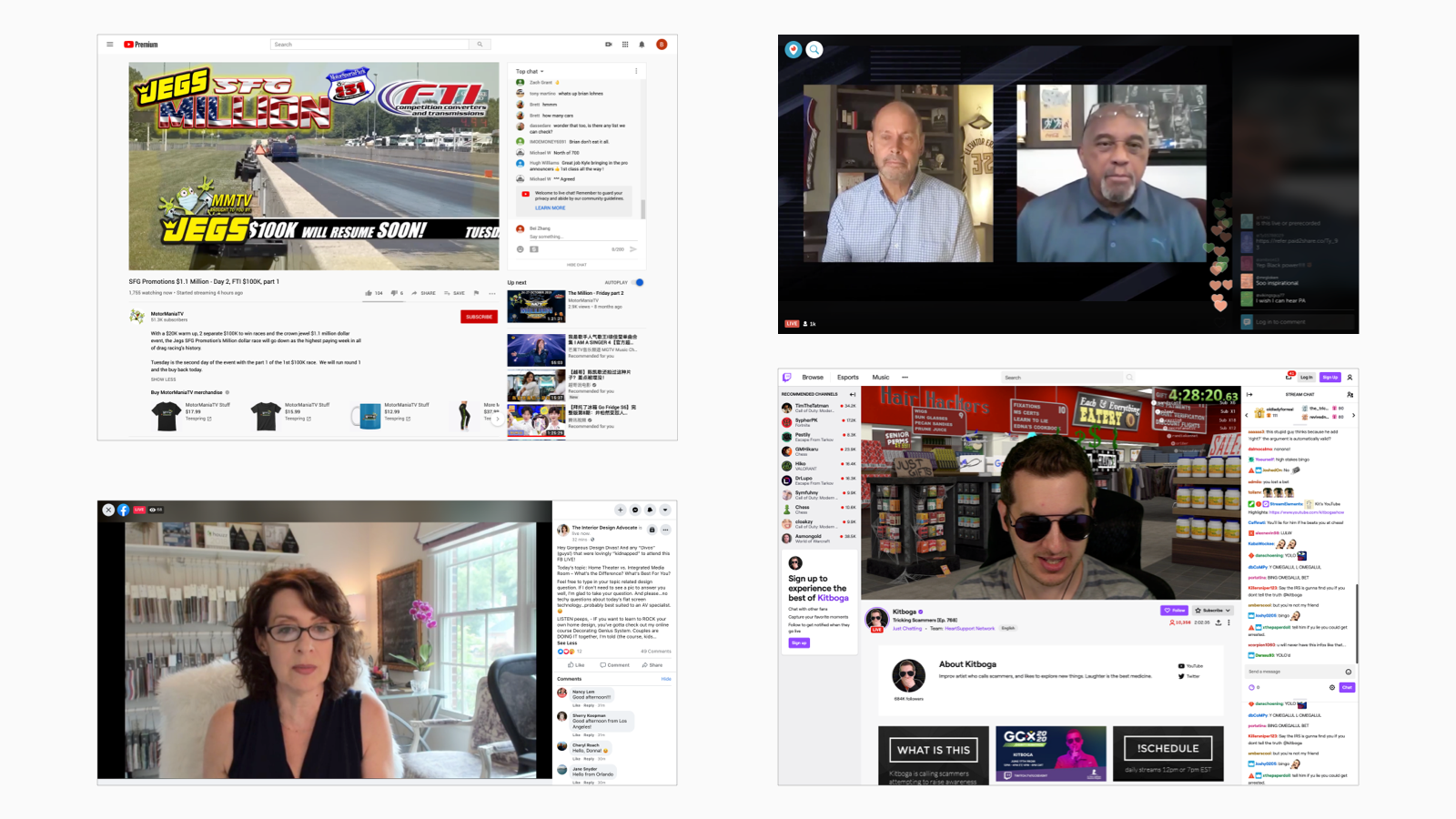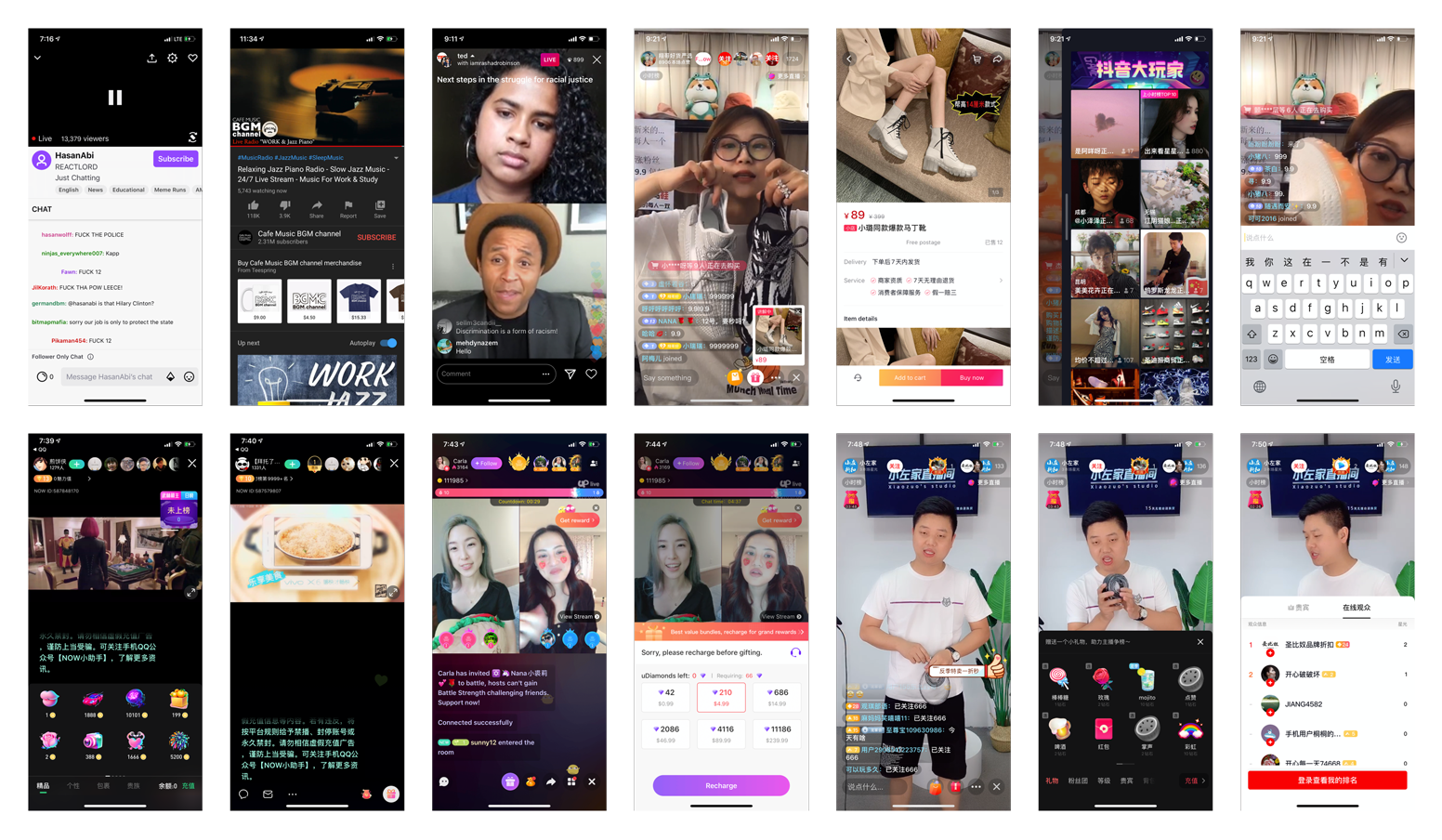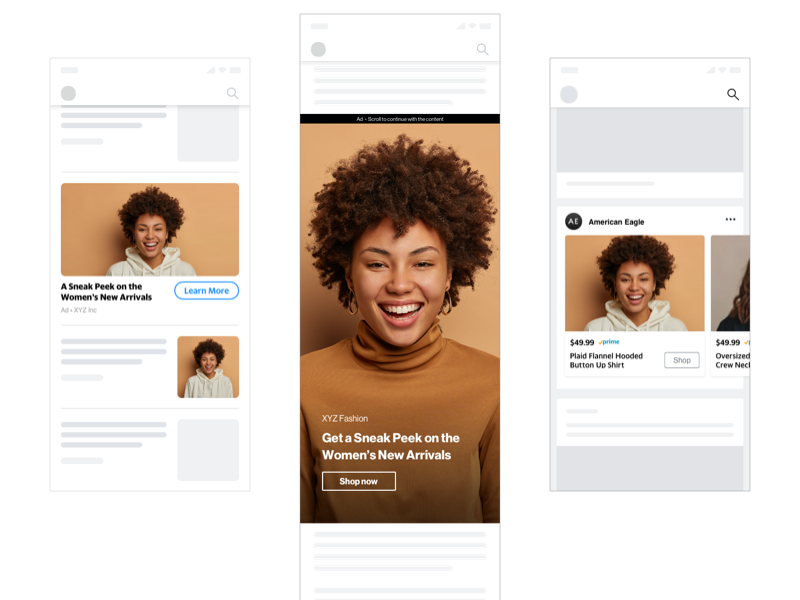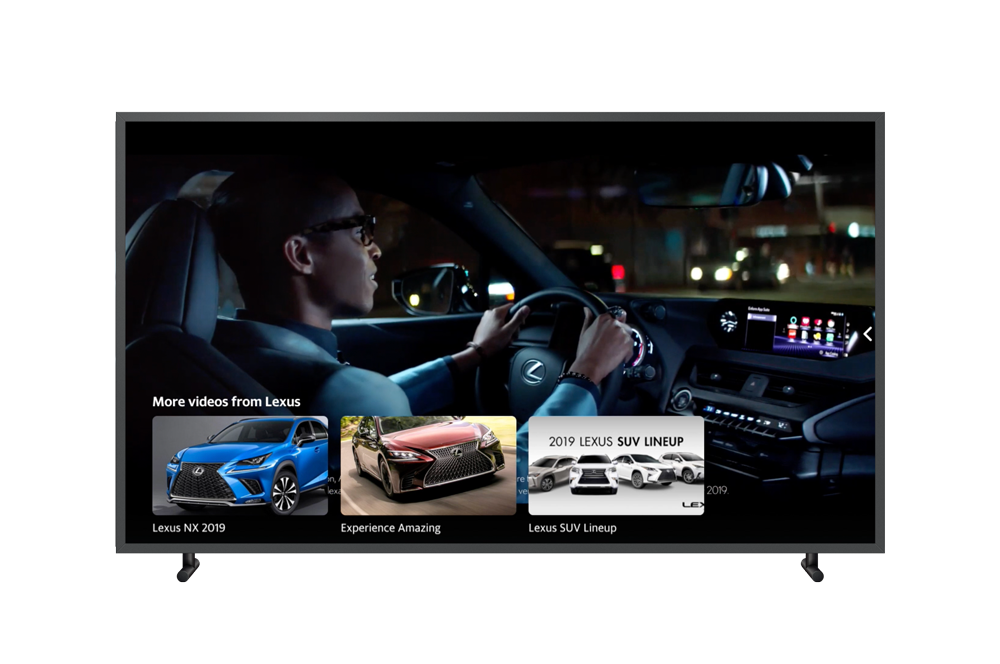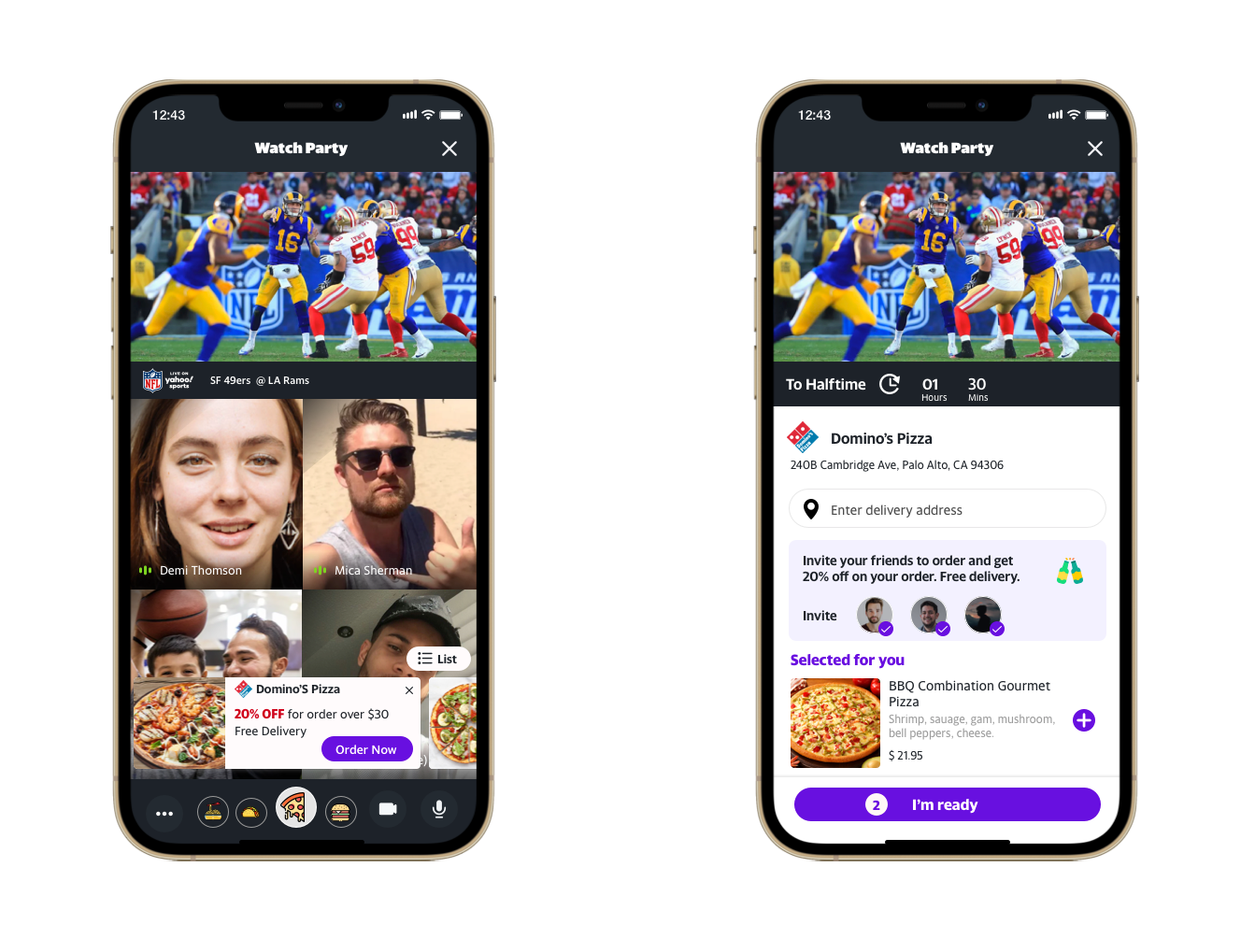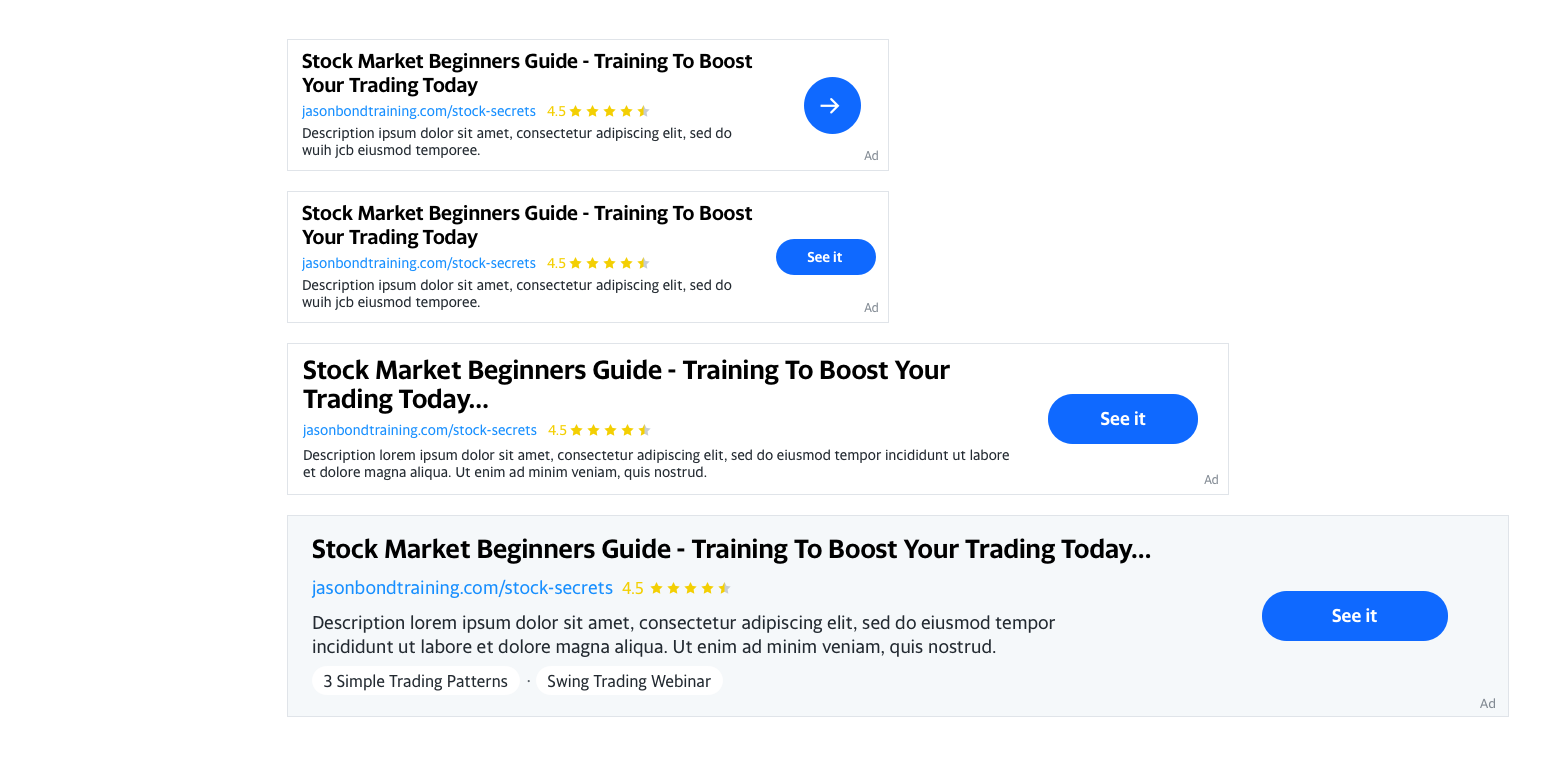LIVE STREAM COMMERCE
E-Commerce concepts for desktop and mobile live streaming
The Covid pandemic has transformed how people communicate, and video conferencing and live streaming have become ubiquitous. As my team supports commerce and native advertising, we set out to explore how live streaming platforms can integrate commerce and native advertising for a user experience that is contextually relevant and useful. If successful, live streaming platforms can provide additional monetization touchpoints that bring brands closer to end-users whose attention is already captive. This design exploration started as a non-executive initiative. Eventually, my team's work garnered the attention of the Yahoo editorial and commerce teams.
In May 2020, Verizon acquired the video conferencing service BlueJeans. At this time, pandemic stay-at-home orders have been in effect for a couple of months as society at large was trying to grapple with a new way of life. My team noticed the preponderance of small businesses using Zoom webinars for instruction-based activities such as yoga, dance, and how-to classes. We wondered what the opportunities would be for these small businesses to sustain audiences and tie in commerce.
We audited American and Chinese-based desktop and mobile live-streaming, including YouTube, Twitter, Facebook, and Twitch. Desktop UI's followed the familiar pattern with live stream content occupying the left-center of the screen and interaction modules, such as for chat, in the right rail.
Auditing YouTube Live, Twitter Live, Facebook Live, and Twitch
For mobile, the experiences were a bit more varied, especially for the Chinese-based apps, which tended to be leveraged heavily by influencers. The interfaces presented more opportunities for interaction, and more visual elements were seeking the user's attention. In addition, we saw more examples for affiliate-based marketing and flows for transactional commerce.
Auditing Mobile Apps Twitch Live, YouTube Live, Instagram Live, TikTok Live, Kuaishou, Taobao, and Douyin
As we became familiarized with these desktop and mobile apps, we shifted our attention back to BlueJeans. We had some underlying questions that needed answering. Who are our target audiences, and how do they differ from the current ones? Where would we fit in a commerce experience? Is there a pattern for modules that we could leverage? Would this be a stand-alone app or content experience that the Yahoo network would integrate? What aspects from our audit would we want to carry over into our designs?
